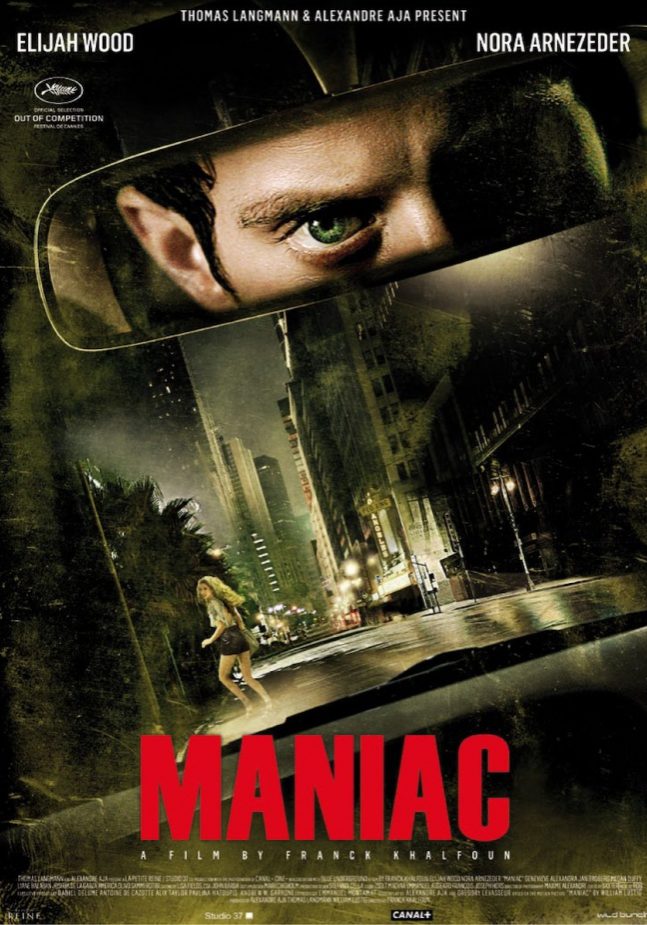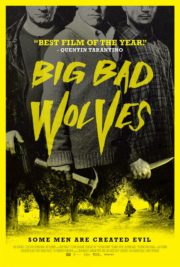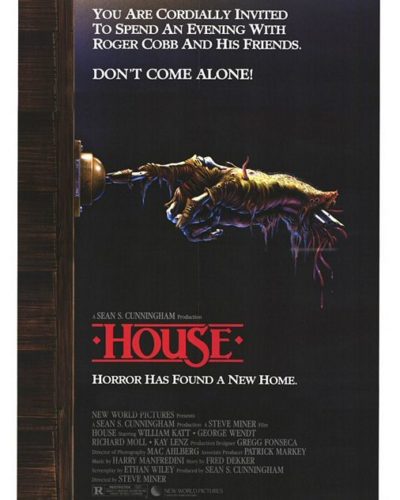An Unsettling Journey into the Mind of a Killer
“It’s just you and me now. No one’s gonna save you.” These chilling words resonate through the 2012 horror film “Maniac,” directed by Franck Khalfoun, which offers viewers a visceral plunge into the macabre. The movie—a remake of the 1980 film of the same name—takes us on a disturbing journey seen through the eyes of Frank, a troubled and reclusive mannequin shop owner with a penchant for scalping and stalking women. This perspective, deftly realized through first-person cinematography, ensures audiences are not merely witnesses; they are compelled to experience the gruesome narrative firsthand. Without spoiling the terrors that await, “Maniac” is not your conventional slasher flick; it’s a harrowing character study veiled in the bloody garb of genre conventions.
A Tapestry of Terror
“Maniac” erects its horror through a masterclass in atmospheric tension. Franck Khalfoun methodically crafts a realm laced with paranoia and a creeping sense of dread. Rather than relying on jump scares, the film leverages the palpable apprehension of the unknown, channeling the inherent horror found within the recesses of a disturbed mind. The director’s approach to constructing fear—a blend of prolonged sequences and intrusive normalcy—exerts an invisible pressure that squeezes tighter around the audience’s psyche with each frame.
Through the Lens of Madness
The cinematography in “Maniac” is undeniably a cornerstone of its storytelling. By adopting the first-person viewpoint, cinematographer Maxime Alexandre forges an indelible link between the protagonist and the viewer. The lighting and color palettes immerse us deeper into Frank’s psyche, splashing scenes in neon-lit streets and dimly-illuminated corridors that mirror his fragmented mental state. Camera angles are carefully orchestrated to keep us at the nerve center of action, while special effects sparingly deploy gore, ensuring it’s both effective and sickeningly authentic.
The soundtrack by Rob and sound designer David Sertillange magnifies the horror elements, oscillating between eerie silence and a haunting electronic score. This contrasting soundscape adds a powerful dimension to the unnerving visuals, sometimes amplifying the horror with a mere whisper or an unexpected crescendo of synths.
A Cast That Captivates and Horrifies
Elijah Wood delivers an unnervingly understated performance as Frank, expertly straddling the line between fragile humanity and monstrous compulsion. The subtlety in his portrayal is counterbalanced by the visceral brutality of his actions, making for a complex and deeply unsettling character. The supporting cast also convincingly portrays the spectrum of Frank’s victims, enabling the viewer to invest emotionally in their fates, thereby amplifying the horror of their predicaments.
The choice to convey horror through both psychological and physical means establishes “Maniac” as a hybridized beast, marrying the cerebral assault of psychological thrillers with the visceral punch of body horror. The film fits snugly within these dimensions, yet manages to subvert genre expectations, sidestepping clichés with its unorthodox narrative approach.
The Echoes of a Darker Reality
“Maniac” doesn’t just aim to startle; it endeavors to unsettle on a foundational level. The film deftly interweaves themes of isolation, objectification, and trauma, scrutinizing the chasm between outward normalcy and inner turmoil. The societal commentary on the desensitization to violence and the objectification of bodies becomes a poignant subtext that transcends the screen, etching the film into the minds of viewers long after the credits roll.
Your Reflection in the Shop Window
Is “Maniac” effective as a horror film? Absolutely. It is a nightmare brought to life through both daring aesthetic choices and storytelling that dares to probe where many fear to tread. The movie is likely to resonate most with die-hard horror aficionados craving a cerebral twist to their scares and those appreciative of experimental cinematography and character-driven narratives.
Warnings should be heeded – “Maniac” is rife with graphic content that could trigger distress, and it spares no quarter in its depiction of violence. With its bold reimagining, the film sits comfortably among contemporary reboots while nodding to the shock and psychological depths of horror classics like “Psycho” & “Peeping Tom.”
In conclusion, “Maniac” is a chilling and innovative contribution to the horror genre. It is a testament to the power of a skillfully crafted atmosphere, thought-provoking themes, and a performance that haunts with gusty silence. This film may not be for the faint of heart, but for those in search of a mirror reflecting the darkest aspects of humanity, “Maniac” is a must-watch—a ghastly gem that both horrifies and fascinates.




